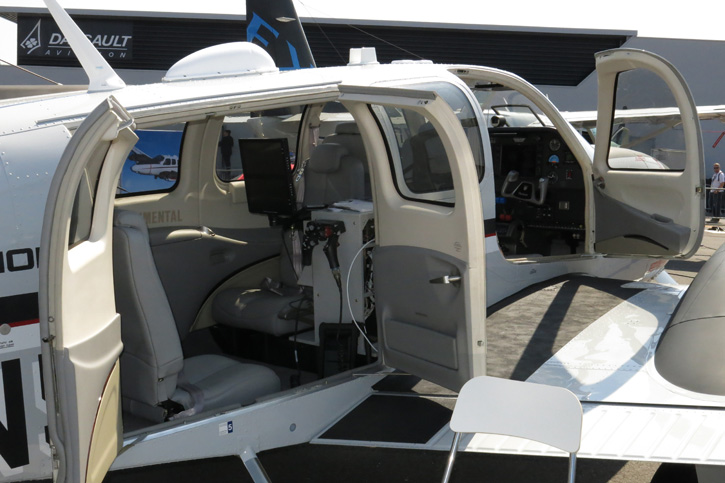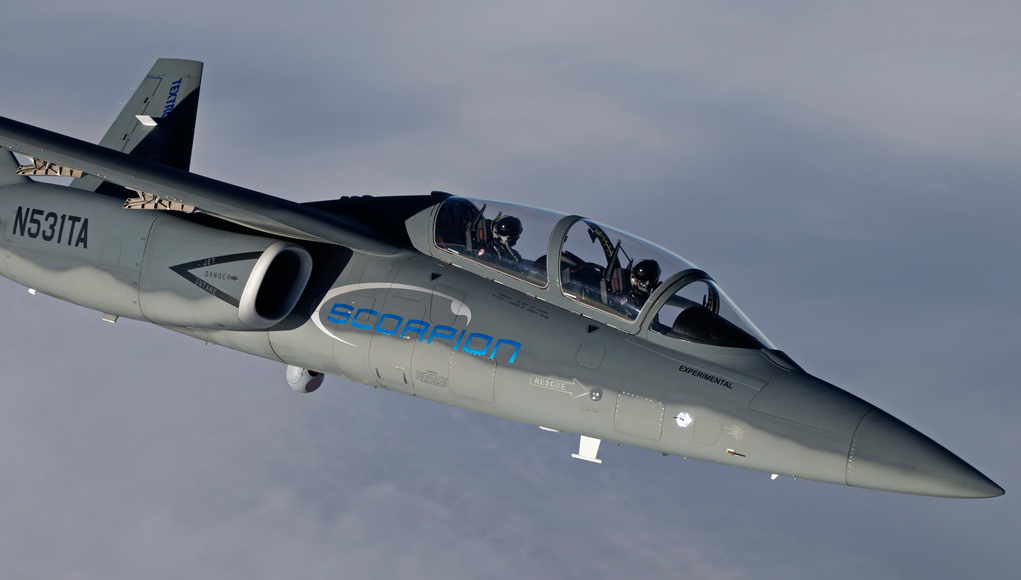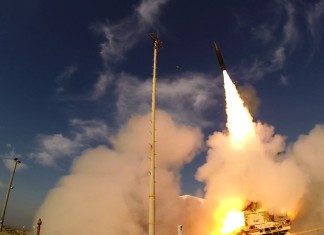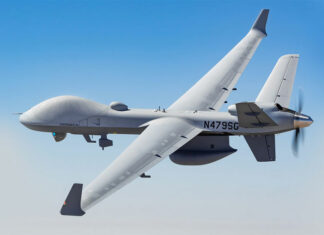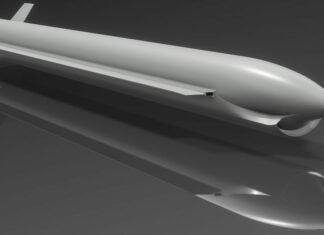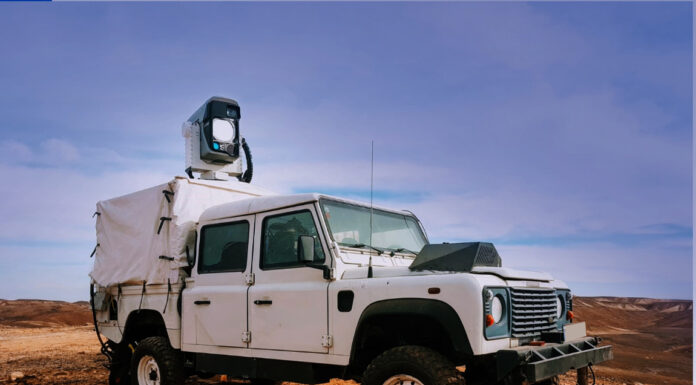
Selling Scorpions Abroad
The European tour completes three trans-Atlantic flights flown by the Scorpion visiting the U.S., Europe and Latin America. “We introduced Scorpion to the world at the Royal International Air Tattoo and Farnborough International Air Show last summer,” said Bill Anderson, president of Textron AirLand. “Since then we have completed a full year of flight testing, meeting and exceeding all performance targets,” he added. Through its flight demonstration and testing the new aircraft performed over 385 flight hours, with a readiness rating of over 95 percent, accumulated in 17 months since its first flight in December 2013. Through these flight tests Scorpion achieved its top speed of 450 KTAS, reached its service ceiling of 45,000 feet and validated its operating cost of less than $3,000 per flight hour. In June 2014, Scorpion completed its first trans-Atlantic round-trip flight, covering over 9,200 nautical miles in a total of 38 hours flight time.
At the Paris Air Show display Scorpion is joined by Beechcraft’s AT-6 Wolverine, displayed here with six miniature LMM guided weapons, Cessna’s Grand Caravan EX and Beechcraft’s Baron G58 ISR, all part of Textron Aviation’s product portfolio designed for special missions. The new aircraft is designed as a multi-mission aircraft suitable for ISR humanitarian assistance, disaster relief, training and precision strike. Using a standard general aviation aircraft, the Baron G58 ISR can perform such ISR missions from local airstrips, while maintaining a low profile.
